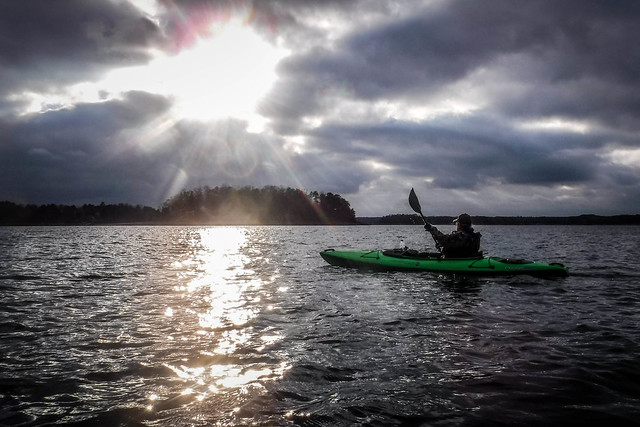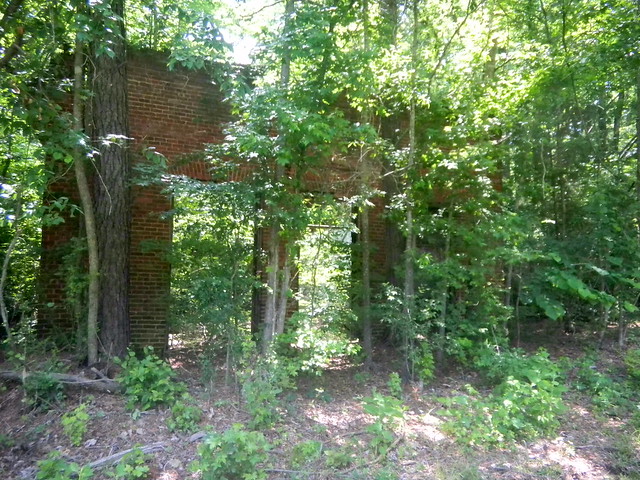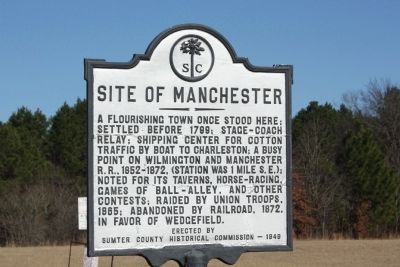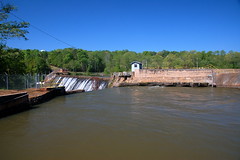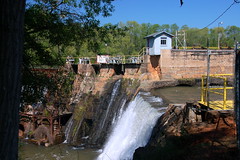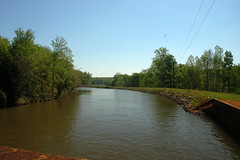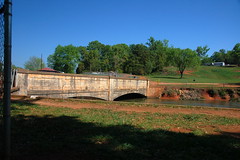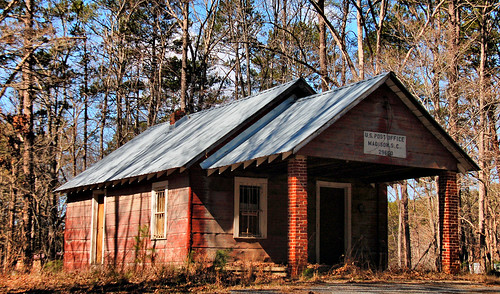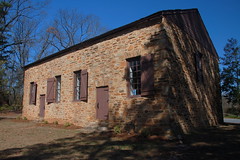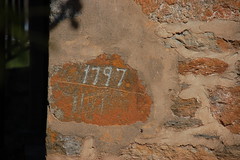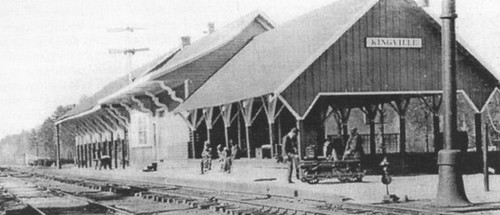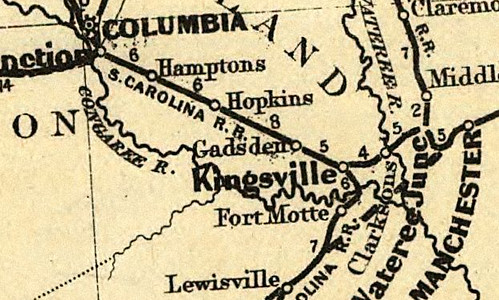Just because it’s December doesn’t mean that we stop paddling. Heck, for this particular trip we even went swimming, but that’s getting ahead of things a bit. Fellow explorer, and now fellow paddler Mark Elbrecht proposed a trip out to Andersonville Island to see if we could spot the ruins that everyone says are there. Bennie Waddell had just gotten a new kayak, and I lacked only 6 miles to push me over the 200 mark for the year. Of course, agreed to come along. Turned out to be a great trip with unexpected finds and unexpected excitement. But, I guess the word “unexpected” is redundant. Regardless…
The Temple of Health was a stage coach stop in upper Abbeville County. It got its name from a set of springs that were purported to have healing properties. Here are the links to information within the podcast… Blog posts: Script for this episode The theme music for Carolina Ghost Towns is “Summertime” by LesFM. Other … Read More “Carolina Ghost Towns – The Temple of Health” »
